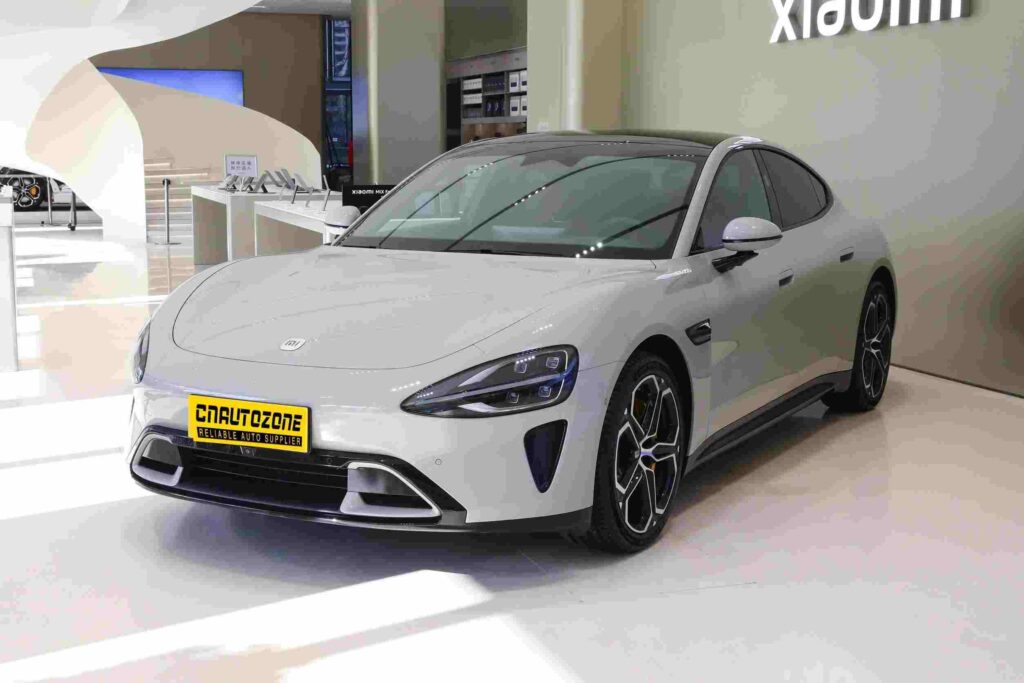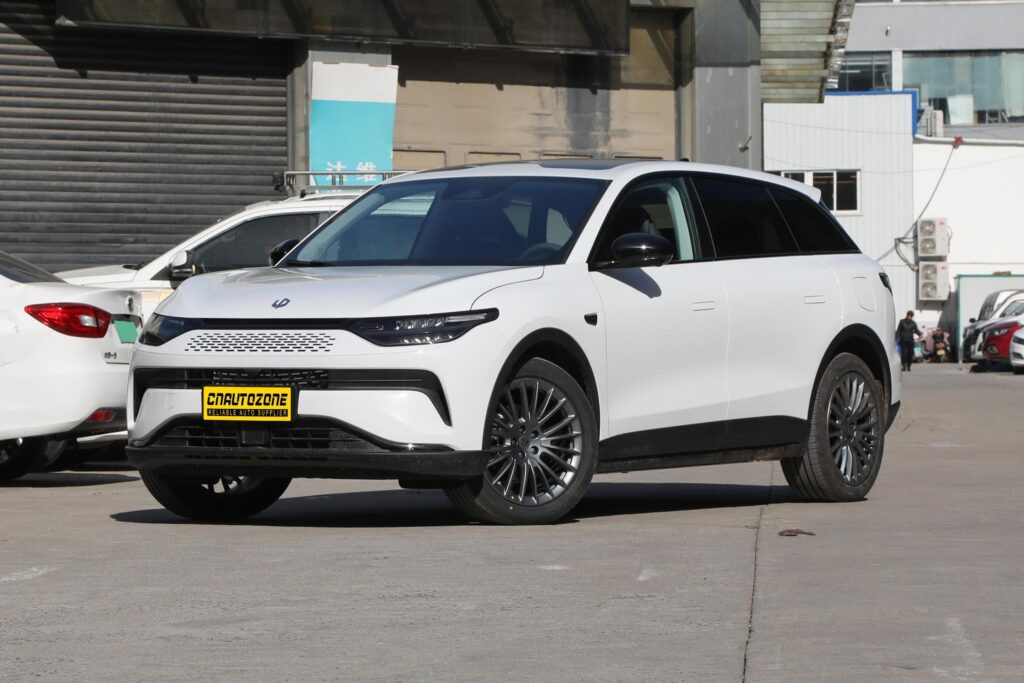The automotive industry is undergoing a seismic shift as consumers, manufacturers, and governments increasingly pivot towards electric vehicles (EVs). This transition is driven not only by the quest for sustainability and reduced environmental impact but also by technological advancements that make EVs more viable than ever. This comprehensive analysis aims to explore the differences between electric vehicles and traditional internal combustion engine (ICE) cars across various dimensions, including environmental impact, performance, cost of ownership, and future trends.

Environmental Impact
One of the most compelling arguments for electric vehicles is their potential to reduce greenhouse gas (GHG) emissions. Researchers suggest that while manufacturing an EV can result in higher emissions—largely due to the battery production process—this initial carbon footprint is often outweighed by the emissions reduced during its operation. EVs operate with zero tailpipe emissions, contrasting sharply with ICE vehicles, which emit pollutants such as carbon dioxide (CO2), nitrogen oxides (NOx), and particulate matter (PM) that contribute to air quality degradation.
Moreover, as the energy grid becomes progressively greener, with an increasing share of electricity generated from renewable sources, the carbon footprint of EVs continues to shrink. In stark contrast, ICE vehicles will perpetually rely on fossil fuels, making them inherently less sustainable in an era of growing environmental awareness.
Performance
When it comes to performance, electric vehicles deliver a distinctive driving experience marked by instant torque and smooth acceleration. The electric motor provides power immediately, enabling EVs to achieve rapid acceleration from a standstill. This characteristic often leaves traditional gasoline or diesel vehicles trailing in the dust during typical stop-and-go driving situations. Furthermore, EVs operate more quietly than their ICE counterparts, which contributes to a more serene driving experience.
However, many enthusiasts argue that the two types of vehicles provide different kinds of driving thrills. ICE vehicles, particularly sports models, offer a visceral connection to the engine, with many drivers appreciating the power band, revs, and exhaust noise. While high-performance EVs are beginning to emerge and offer compelling acceleration rates, the traditional driving experience remains an intrinsic appeal for many consumers.
Cost of Ownership
The total cost of ownership (TCO) is a critical factor for consumers when deciding between electric and gasoline vehicles. Although the upfront price of an electric vehicle often remains higher than that of ICE vehicles, this initial investment can be offset by lower ongoing costs. EVs typically enjoy minimal maintenance requirements due to fewer moving parts and no need for oil changes.
Moreover, electric vehicles benefit from lower fuel costs, as charging an EV can be substantially cheaper than buying gasoline, particularly if charged at home using off-peak energy rates or during the day when solar energy is plentiful. Governments around the world are also incentivizing EV ownership through subsidies, tax credits, and rebates, further narrowing the cost gap.
On the downside, the availability of charging infrastructure can be a concern for potential EV owners. While the number of charging stations is rapidly increasing, the convenience and speed of refueling an ICE vehicle still hold an advantage in many areas, particularly rural regions.






Infrastructure and Usability
When discussing usability, the existing infrastructure for ICE vehicles is decidedly more developed, with gas stations widely available and refueling typically taking only a few minutes. In contrast, the EV market is still grappling with the growing pains of a charging network. While advancements are being made, including fast-charging stations that can replenish batteries substantially in under an hour, the mainstream adoption of EVs requires further evolution of the present infrastructure.
More luxurious electric vehicle models are equipped with features like advanced driver-assistance systems (ADAS) and over-the-air software updates, enhancing both their usability and safety. On the flip side, traditional vehicles also possess a variety of innovative technologies aimed at improving driver experience, although they may lack the seamless software upgrades that are quickly becoming the norm in the electric sphere.
Future Trends
Looking ahead, the tide appears to be turning resolutely in favor of electric vehicles. With global and local policies pushing for reduced emissions, many countries have set ambitious targets to phase out gasoline vehicles. Major automakers are announcing ambitious plans to electrify their fleets, reflecting a consensus that EVs will account for an increasingly significant share of vehicle sales in the coming years.
In contrast, the traditional automotive industry continues to experience challenges, such as increasing regulations surrounding emissions and tightening fuel economy standards. Innovative technologies such as hybrid models bridge the two worlds; however, the current momentum indicates an undeniable inclination toward full electrification.
Conclusion
The comparison between electric vehicles and internal combustion engine cars reveals a complex landscape shaped by various factors including environmental implications, performance, ownership costs, and infrastructure. While electric vehicles present a forward-thinking solution to the challenges of climate change and technological advancement, they come with their own set of challenges, particularly concerning infrastructure and initial costs.
As innovation continues, it is clear that the future of the automotive industry is leaning towards electrification— a change that not only promises to reshape consumer choices but also holds the potential to foster a more sustainable future. Whether one chooses an EV or an ICE vehicle, understanding these differences will empower consumers to make informed decisions aligned with their values and needs in an ever-evolving landscape.cnautozone car expert welcome inquiry

